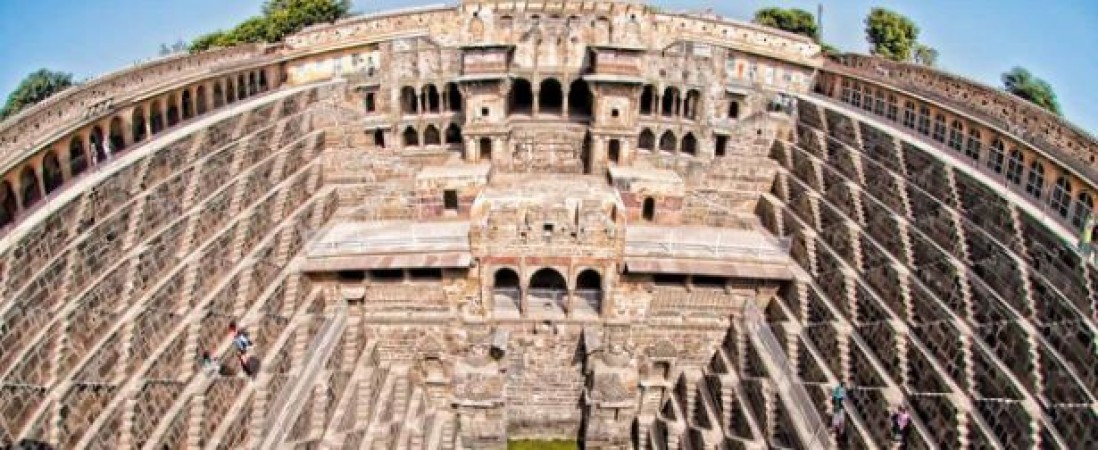
Stepwell is also known as Panna Meena Ka Kund is nestled in the heart of Rajasthan, India, the city of Jaipur boasts a rich heritage of architectural wonders that have captivated the world for centuries. Among its many gems, the stepwells stand out as impressive examples of engineering, art, and water conservation. These unique structures, locally known as "baoris" or "bawdis," have not only served as essential sources of water but also as community spaces and centers of cultural life.
Stepwells in India have a long and illustrious history, dating back to around the 3rd millennium BCE. The need for reliable water sources in arid regions drove the construction of these structures, as they were essential for communities to survive and thrive in the challenging climatic conditions. Jaipur, founded in 1727 by Maharaja Sawai Jai Singh II, became a prominent center for art, culture, and architecture in the region, and its stepwells became a reflection of this flourishing era.
Also Read: Discovering the Enchanting History: Exploring the Majestic Hill Forts of Rajasthan
Jaipur's stepwells feature impressive architectural designs that combine functionality and beauty. These structures are often multileveled and consist of a series of descending steps leading to the water source. The stepwell's depth varies, and some of the more elaborate ones can reach up to several stories deep. The construction was primarily done using sandstone, a local material that provides both durability and aesthetics.
The stepwells are ingeniously designed to harvest rainwater during the monsoon season. Their unique architecture allows rainwater to be channeled and stored, ensuring a constant water supply throughout the year. These wells also feature intricate carvings, sculptures, and geometrical patterns, displaying the skilled craftsmanship of the artisans from that period. The carvings often depict mythological scenes, religious motifs, and floral patterns, adding an artistic dimension to these functional structures.
Also Read: Chittorgarh Fort: A Majestic Marvel of Rajasthan's Rich Heritage
Beyond their practical purpose, Jaipur's stepwells played a significant role in the social and cultural life of the local communities. They served as gathering places for women who would come to fetch water and engage in social interactions. These communal spaces became centers for exchange and knowledge-sharing, where stories, songs, and traditions were passed down from generation to generation.
The stepwells also had spiritual importance, with some being associated with temples or serving as meditation spots. The artistic elements and religious motifs carved into the walls added a sense of reverence to these structures, making them not only a vital part of daily life but also sacred spaces.
Also Read: Jagdish Temple: A Divine Abode of Architectural Splendor
While these stepwells have survived for centuries, they face various challenges, including natural erosion, urbanization, and neglect. The Rajasthan government, along with various heritage conservation organizations, has undertaken efforts to preserve and restore these architectural marvels. By implementing restoration projects and raising awareness about their historical significance, steps are being taken to protect these precious cultural assets for future generations to appreciate and admire.
Also Read: Rajasthan Artistic Treasure Unveiled: Colorful Art Galleries and Museum
Jaipur's stepwells stand as living testaments to the ingenuity, cultural heritage, and historical significance of this vibrant city. These architectural marvels have not only quenched the thirst of the locals but have also enriched the social and cultural fabric of the community. By preserving and promoting these stepwells, Jaipur can continue to share its illustrious past with the world and ensure that the legacy of these extraordinary structures endures for generations to come. As travelers and history enthusiasts continue to explore Jaipur, they will be mesmerized by the grandeur and beauty of these stepwells, a reflection of the city's glorious past and a testament to human creativity and engineering prowess.
Also Read: Folk Dance of Rajasthan: Cultural Heritage
The Haunting of Bhangarh Fort: Legends & Paranormal Phenomena